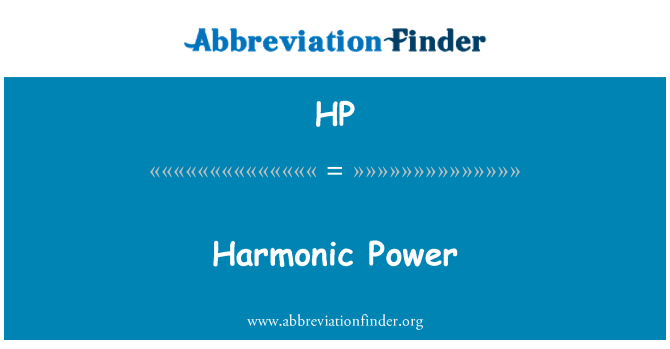

It is defined as "the nth root product of n numbers". The geometric mean is the average of several items and is typically used to calculate the output effects of an investment or portfolio. In case you were asked to find the class average of test scores, you would add up all the students' test scores, and then divide that total by the number of students. The arithmetic average is the sum of a number series, divided by the count of the number series. Many methods of estimating averages include simple arithmetic mean and average geometric mean. Harmonic Mean vs Arithmetic Mean and Geometric Mean

Using weighted arithmetic mean to combine such proportions would give more weight to high data points than low data points because the price-earnings ratios are not price-normalised while the earnings are equalised. Harmonic means are often used to calculate ordinary things like rates (for example, the average travel speed given multiple trip duration).įor finance, the weighted harmonic mean is used to combine multiples, such as price-earnings ratio, since it gives equal weight to every data point.įor finance, the weighted harmonic mean is used to combine multiples, such as price-earnings ratio, as it gives equal weight to each data point. The harmonic mean helps to locate multiplicative or negative fractional relationships without thinking about common denominators. Therefore, the harmonic mean is the inverse of the inverse arithmetical mean. The harmonic mean is a type of numerical average determined by dividing the number of observations by the inverse of each number in the sequence.


 0 kommentar(er)
0 kommentar(er)
